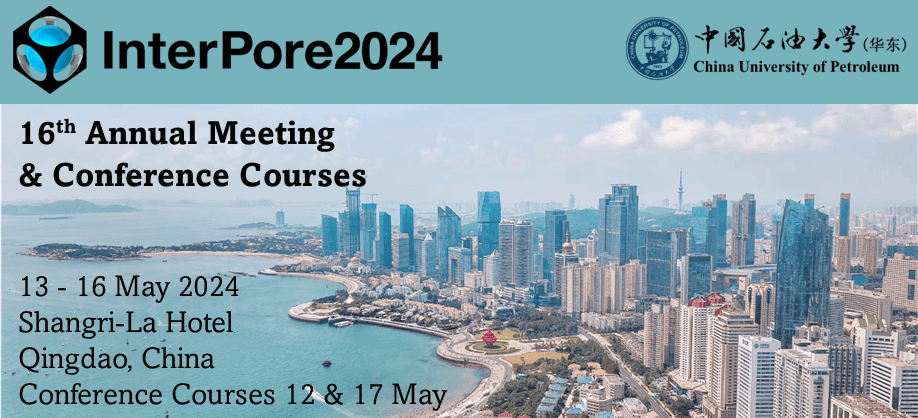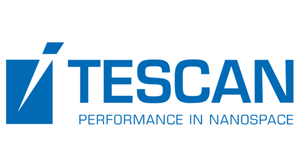Speaker
Description
A workflow has been proposed to directly predict the upscaled absolute permeability of a rock core from CT images whose resolution is insufficient to directly calculate the pore-scale permeability. The workflow employed the deep learning technique with the raw CT image data of rocks and their corresponding permeability values, which were obtained through high-resolution flow simulation on these images.
A binarized pore-geometry model was first cropped and reconstructed from the high-resolution micro CT images of the rock sample. Then the binarized model was divided into small subsamples of dimensions $100\times100\times100$, $200\times200\times200$, and $300\times300\times300$. To meet the demand of large datasets, the subsamples are allowed to be overlapped during the extraction. The permeability of these subsamples was calculated by the lattice Boltzmann flow solver.
The calculated permeability and corresponding subsample’s low-resolution CT image pairs are then input as a dataset to train a neural network (Resnet34). Using the trained Resnet, the permeability map of an extended region in the rock core can be accurately predicted.
Finally, the Darcy flow solver calculates the upscaled absolute permeability of the entire rock core. In this study, we explore the influence of the digital rock subsample core's dimensions and the quantity of training data on the prediction accuracy and upscaled absolute permeability. Three subsample dimensions, specifically $100\times100\times100$, $200\times200\times200$, and $300\times300\times300$, were evaluated.
At a subsample dimension of $100\times100\times100$, the prediction accuracy was unstable, and good prediction accuracy was not obtained because of the presence of outliers within the subsample where only solid or only void were present. When the subsample dimension was $200\times200\times200$, the training accuracy was stable and acceptable prediction accuracy was attained when the subsample data size exceeding 20,000. Expanding the sample dimension to $300\times300\times300$, it was observed that 10,000 training data points were sufficient to achieve satisfactory prediction accuracy.
The findings of our study emphasize that the selection of an appropriate subsample dimension for training data, identified as a Representative Elementary Volume (REV) for upscaling, plays a pivotal role in optimizing the trade-off between computational time and prediction accuracy.
| Country | Japan |
|---|---|
| Conference Proceedings | I am interested in having my paper published in the proceedings. |
| Porous Media & Biology Focused Abstracts | This abstract is related to Porous Media & Biology |
| Student Awards | I would like to submit this presentation into both awards |
| Acceptance of the Terms & Conditions | Click here to agree |




.jpg)
